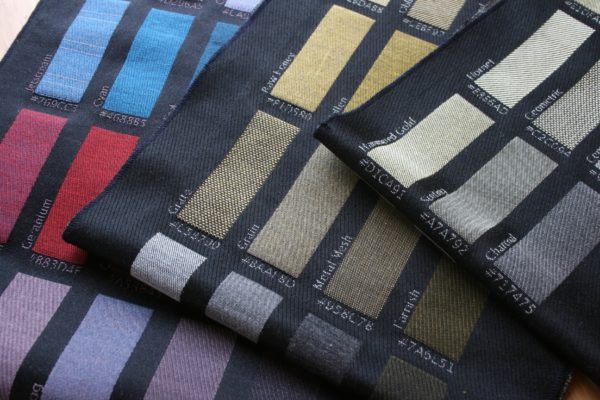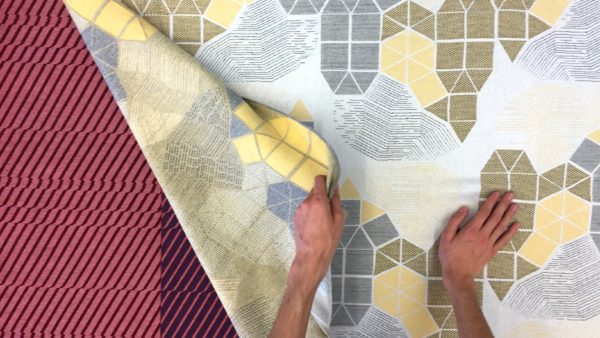The Impact of Digital Technology on Textile Manufacturing
AATCC News , April 04, 2017
Whether for large-scale contract manufacturers or artisanal designers, new digital systems are opening new possibilities for making and using textiles. And, as with the e-textiles discussed in last month’s issue, some of the most promising early markets are for home goods and interiors.
Take Atlanta-based SoftWear Automation. A Georgia Tech spinoff, this startup sells sewing systems, dubbed “sewbots,” that use machine vision and robots to control stitching. Its software tracks needle placement, using the thread pattern and surface textures to create a map of the fabric.
“We’re at half-a-millimeter accuracy,” says K.P. Reddy, the company’s chief executive. “Most humans can’t even contemplate what that looks like. We can do things like sew a perfect circle, which a human can’t do.”
Thanks to the low-cost, off-the-shelf cameras that drive the machine vision, SoftWear Automation can boast that its machines pay for themselves in just two years.
Somewhat to its surprise, the company found its first major customers in home-goods manufacturing.
“Think about curtains, towels, bath rugs—all the flat things that go into homes,” says Reddy. “It is a huge market,” big enough that “we can probably make a great living for the rest of our lives” catering to it. Best of all, while colors and patterns may change from year to year, the size and shape of a bed sheet, placemat, or bath towel doesn’t. That makes automation simpler. Free from worries about fit or ever-changing fashion silhouettes, he says, the home goods market is “low-hanging fruit for automation.”
Although SoftWear Automation has in fact moved into apparel markets, Reddy foresees new possibilities for home goods as the price of sewbots continues to fall, driven by the ever-falling prices of their components. He notes that many individual designers are selling home goods through Etsy or Pinterest but don’t have the manufacturing resources to scale up. With access to sewbots, they could.
“Automation will create a new artisan industry that can be less of a hobby business versus an actual business,” Reddy predicts.

WOVNS, a Berkeley-based startup, is betting on it. Founded by twin sisters Dena and Chelsea Molnar, it offers designers a chance to weave custom patterns in batches as small as a single yard. The key is patented software that allows WOVNS to aggregate many different design files and weave them on the same Jacquard loom without new setups.
The company’s primary focus is upholstery and home décor, where Jacquard woven fabric is a staple. “We’ve gotten a response not only from small designers but from boutique architectural firms, all the way up to large architecture firms,” says Dena Molnar.
In part that’s because the Molnar sisters come out of the industry. Dena Molnar is a former textile designer who earned a master’s in technology from the Harvard Design School; she handles the development and manufacturing side, while Chelsea Molnar, an architect, knows interior design and specification. They understand how the business works and what it’s been missing: the chance to incorporate custom textile designs, especially in high-end projects.
In addition to its two standard fabric qualities, the company can accommodate custom specifications. The minimum run is just higher than a single yard, and designers must allow time to test the new fabric to ensure it meets performance metrics. (WOVNS offers testing services.)

By making even small-scale production more efficient and less costly, these manufacturing innovations promise to put artisanal and customized designs within more customers’ reach. As a result, we can expect the homes, offices, hotels, and restaurants of the future to be as individualistic and varied as the people who inhabit them.